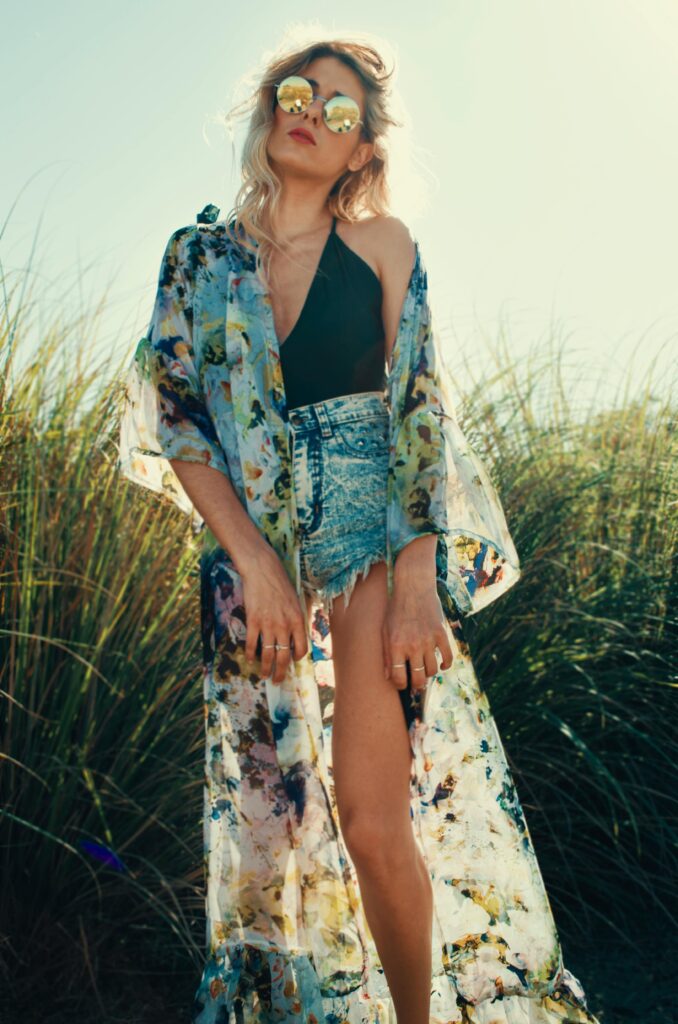Fashion: The Art of Self-Expression and Transformation

Fashion is more than just clothing—it’s an ever-evolving form of self-expression, creativity, and culture that has the power to transform not only how we look but also how we feel and how we interact with the world. From the catwalks of Paris to the streets of Tokyo, fashion shapes our identity and connects us to the global cultural conversation.
What is Fashion?
At its essence, fashion refers to the popular styles of clothing, accessories, and footwear worn during a particular period. But it’s far more than just following trends—it’s a way of telling stories, making statements, and expressing our individuality. Fashion combines art, craftsmanship, and social influence to create a medium that is both personal and communal.
The Power of Fashion:
Self-Expression: What we wear says a lot about who we are. Fashion gives us the opportunity to express our identity, our mood, and our beliefs. Whether it’s a bold, statement-making outfit or a more subtle, minimalist look, fashion allows us to communicate without words.
Cultural Influence: Fashion is deeply connected to the cultures we belong to. It evolves in response to social movements, politics, art, and historical events. Think about how the rise of the punk movement in the ‘70s influenced fashion, or how the cultural revolution of the ‘60s gave rise to the boho look. Fashion reflects the times and serves as a mirror for society’s values and concerns.
Empowerment: The right outfit can boost confidence and make us feel unstoppable. Whether it’s the perfect suit for an interview or a dress that makes you feel like a million bucks, fashion has the power to boost self-esteem and help us face the world with confidence.
Innovation: Fashion is constantly evolving. Designers push boundaries with new fabrics, cuts, and styles, transforming the way we see and experience clothing. The introduction of sustainable fashion, technological textiles, and gender-neutral clothing are just some examples of how fashion continues to break new ground.
Key Fashion Trends Through the Ages:
The 1920s – Flapper Dresses and Art Deco: The Roaring Twenties were all about freedom and breaking with tradition. Women’s fashion embraced shorter skirts, bobbed hair, and loose, flowing dresses that allowed for movement and expression. The Art Deco influence brought geometric shapes, bold colors, and elegance to the forefront.
The 1960s – Mod Fashion and Hippie Style: This was a decade of cultural upheaval, and fashion reflected that. From the clean-cut, geometric style of the mod look (think mini skirts and bold prints) to the free-spirited, bohemian vibe of hippie fashion (tie-dye, flowy dresses, and fringe), the ‘60s showcased a contrast of rebellion and freedom.
The 1980s – Power Suits and Excess: The ‘80s were all about excess and bold statements. Shoulder pads, high-waisted jeans, neon colors, and power suits defined the decade’s fashion. It was a time of confidence, with both men and women dressing to reflect power, success, and individuality.
The 2000s – Casual Cool and Denim: The early 2000s were defined by a laid-back yet edgy style, with skinny jeans, graphic tees, and iconic accessories like trucker hats and low-rise pants. Denim was a key fabric, from denim skirts to distressed jeans, and casual, comfortable outfits became mainstream.
Today – Sustainable Fashion and Digital Influence: In recent years, fashion has become more inclusive, sustainable, and technologically driven. The rise of fast fashion and its environmental impact has sparked a shift toward sustainability, with brands embracing recycled fabrics, ethical labor practices, and circular fashion. Social media and digital influencers are now central to the way we discover new trends, making fashion more accessible and interactive than ever before.

